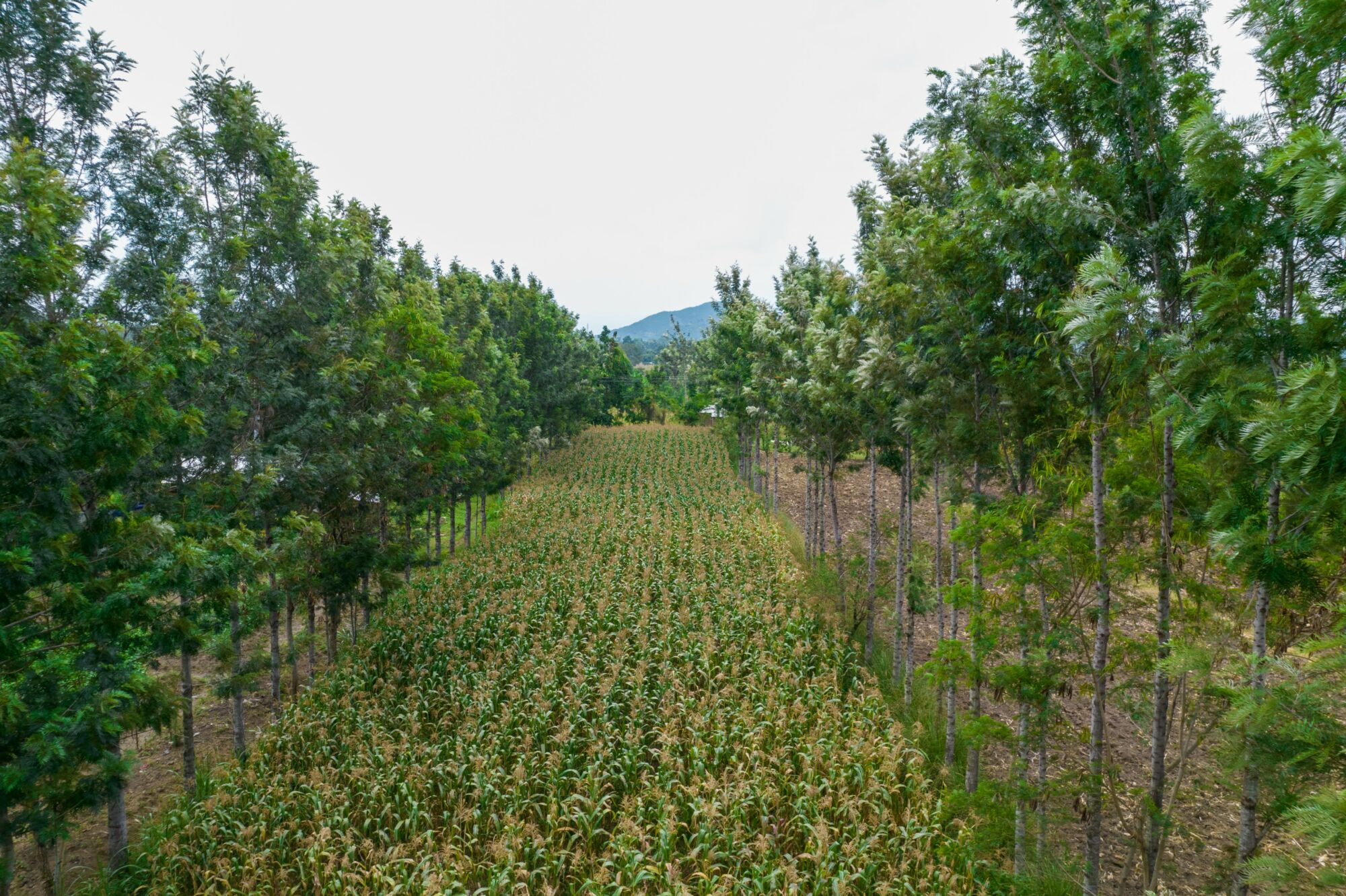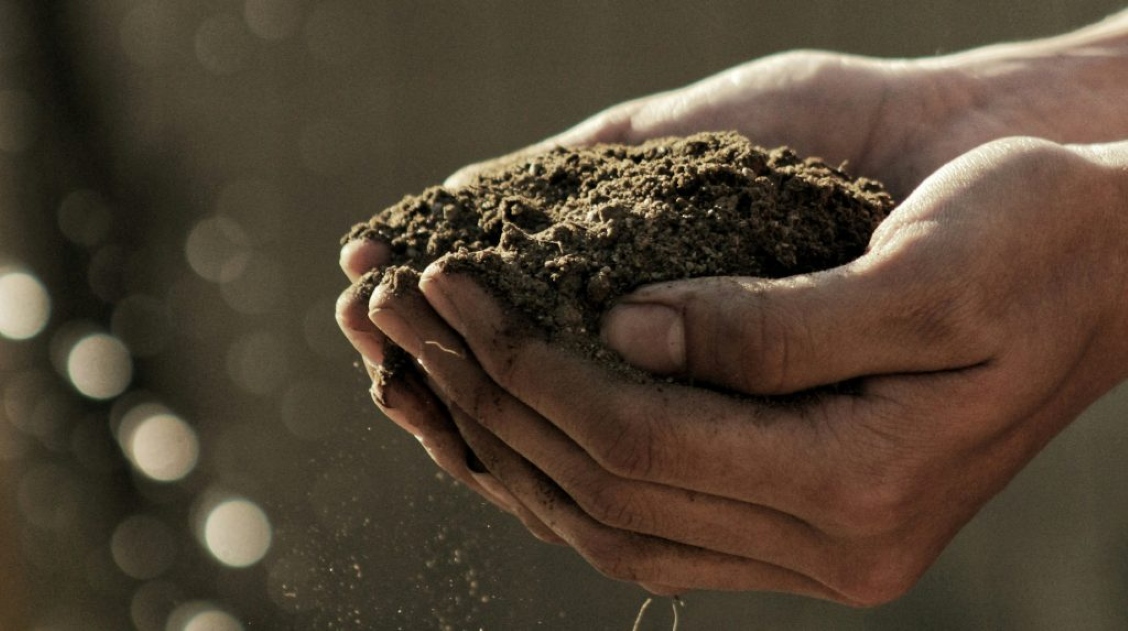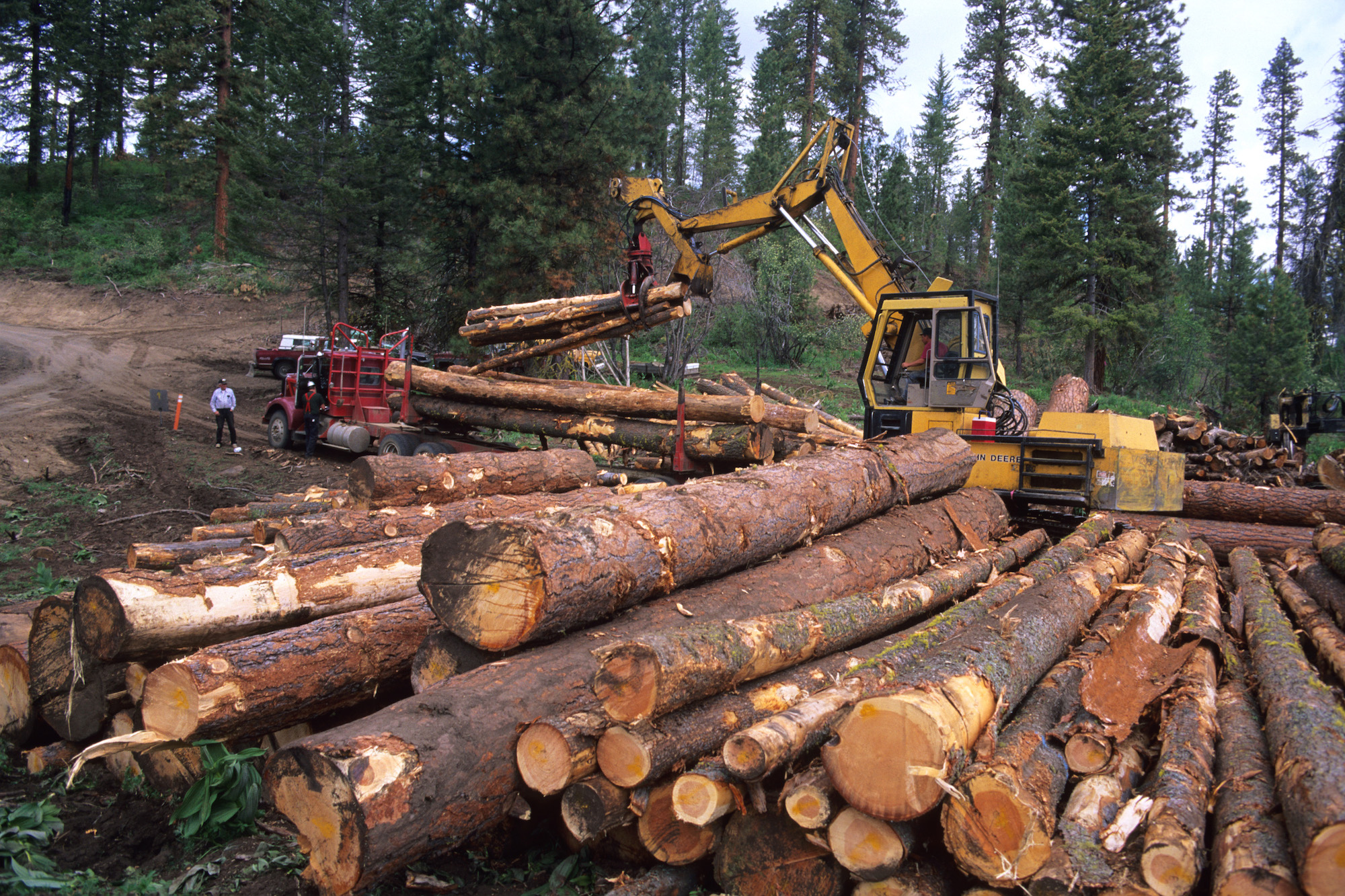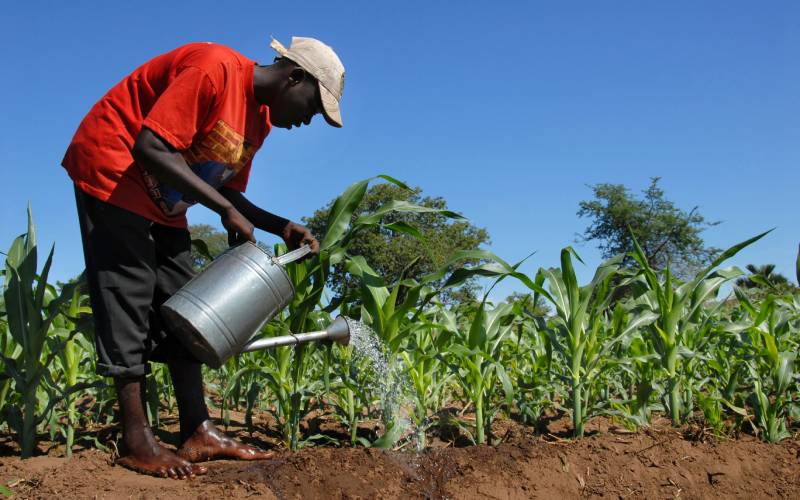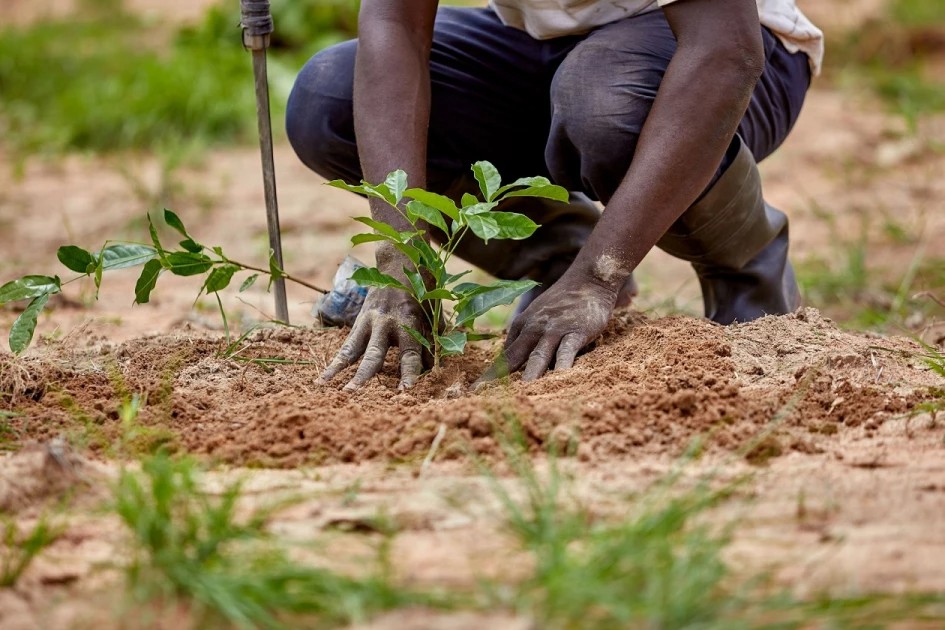- These fluctuations in water levels, driven by climate change and human activities, have significantly impacted aquatic ecosystems and the communities that depend on them.
Tourism has long been a major foreign earner for the Kenyan economy, with the country's diverse aquatic life and abundant wildlife in game parks and reserves drawing both domestic and international visitors. However, the environmental landscape in Kenya is undergoing significant changes that threaten this lucrative industry.
One of the most pressing issues is the fluctuating water levels in the country's lakes. Lake Bogoria, renowned for its hot springs and geysers, is slowly disappearing as its water level has steadily increased since 2011.
This is not an isolated incident - the majority of lakes in the Rift Valley region, including Lake Nakuru, Elementaita, Baringo, Turkana, and Naivasha, have experienced similar water level increases. Conversely, other lakes such as Kapnarok, Ol'Bolossat , and Kenyatta have seen their water levels decrease.
According to Professor John Githaiga, an environmental expert at the University of Nairobi, the decreasing water levels in Ol'Bolossat Lake, which had a capacity of less than 10% in March 2023 before the heavy rains, can be attributed to a combination of prolonged drought and overgrazing in the surrounding area.
The professor warns that the lake's current 40% water level may decline due to inefficient catchment and reduced water-holding capacity, potentially causing the lake to dry up again during the dry season.
Read More
These fluctuations in water levels, driven by climate change and human activities, have significantly impacted aquatic ecosystems and the communities that depend on them.
The altered salinity of the water has hindered the growth of aquatic plants, disrupted the food chain, and led to a drastic reduction in the populations of flamingos in lakes like Nakuru and Bogoria. This threat to the region's biodiversity also poses a risk to the local economy, which relies heavily on tourism and the natural resources these lakes provide.
The consequences of these changes extend beyond the immediate impact on wildlife and tourism. Displacement of people living around the lakes, reduced economic activities, the death and migration of wild animals, and potential health problems due to dissolved gases in the water (in the case of Lake Bogoria) are all pressing issues that must be addressed.
To mitigate these challenges, a multifaceted approach is required. Implementing proper farming practices, such as planting trees and vegetation along the shores of the lakes, can help regulate water flow and stabilize the soil, reducing erosion and siltation.
Restoring wetlands to act as natural buffers, absorbing excess water during heavy rainfall, is another crucial step. Educating local communities on the importance of reducing greenhouse gas emissions, adopting sustainable practices, and conserving water resources is essential.
Additionally, investing in early warning systems and technologies that can help prepare for the effects of climate change can provide valuable insights and support.
Proper demarcation and enforcement of laws governing water bodies are also vital to prevent further encroachment and protect these critical resources. Failure to take action may result in nature reclaiming what rightfully belongs to it, as evidenced by the submergence of critical infrastructure, including schools, government offices, roads, and hospitals, along the shores of these lakes.
The time to act is now. We must protect our lakes, aquatic life, and the communities that depend on them for the sake of future generations. As stewards of this precious environment, we have a responsibility to heed the lessons of the past and safeguard these natural wonders, lest they vanish from the pages of history and leave a detrimental impact on our mother nature and the people who call this land home.


